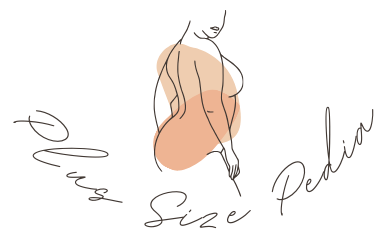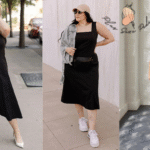When we discuss plus size fashion, we have varying reactions depending on our context, knowledge, and interaction with it.
Still, during the past 10 years, this industry has experienced exponential growth, and it has greatly impacted how we perceive and use fashion.
People are starting to embrace their true sizes and celebrate their bodies as a result of the body positivity and acceptance movement.
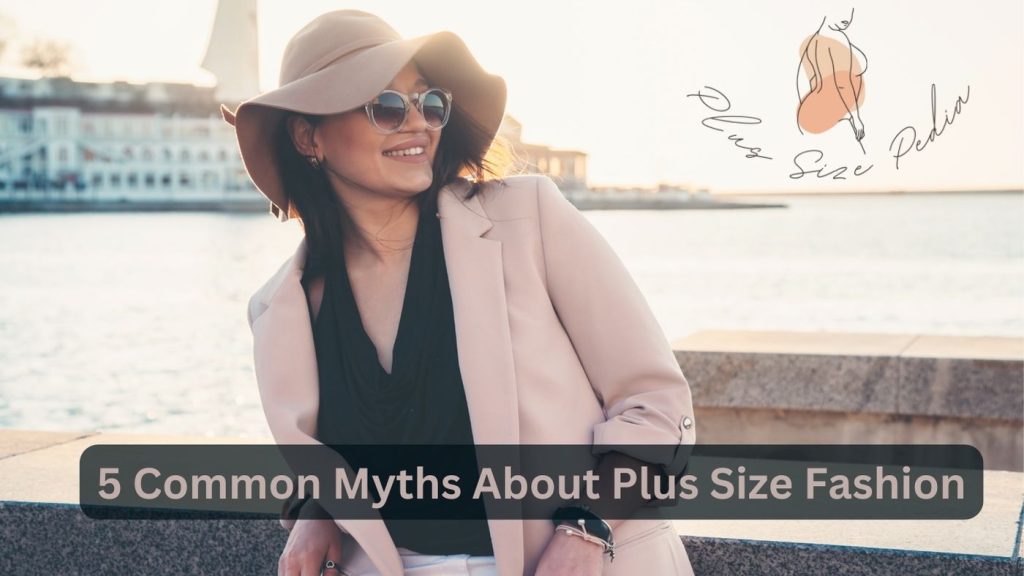
This movement hasn’t been easy, of course. Large fashion brands have long used passive-aggressive policies to bar individuals who fall into the larger end of the size spectrum.
When you visit a store, have you ever been told by the employees that your size is not available? Have you ever looked at size 0 mannequins in a store display and felt as though there was something wrong with your body?
It’s known as exclusion. It maintains a very limited idea of what a body should look like, which is contributing to several disorders in people all over the world, such as eating disorders, low self esteem, and feelings of humiliation stemming from not feeling “pretty enough” or “skinny enough” to fit into this extremely narrow mold.

These customs are gradually beginning to fade away. Businesses are beginning to recognize the value of appreciating an individual’s body without equating it with others in certain situations.
In other situations, where the company’s exclusionary practices are ingrained in the culture, the directors are so enmeshed in their “skinny body” ideals of beauty that the customers grow weary of it. The company eventually filed for bankruptcy.
We are deconstructing plus size fashion today. What are the most common misconceptions about it, what ideas should we let go of, and how can we positively accept our bodies, wear the clothes we love, and find happiness in them?
Myth #1: Larger clothing protects what’s underneath
This is a myth that we frequently clarify on behalf of clients who, both male and female, feel uncomfortable with their size and frequently wear clothing that is far larger than they actually need.
They believe that by dressing differently, they can ‘hide’ what’s happening underneath and prevent others from seeing.
In actuality, though, wearing bigger clothing only makes you appear larger. You’re not misleading anyone, and in actuality, you’re succeeding in the complete opposite direction of your intended outcome.

If you are larger than you would like to be and are concerned about showing too much of your body, wear clothes that skim your figure rather than clothes that float around you.
We do not recommend wearing tight styles; instead, choose styles that fit well and gently show your shape without adding bulk or unnecessary volume.
Myth #2: Skirt lengths depend on age
This is an old approach, but we still hear it from time to time: short skirts are only for the young, and as you get more mature, your skirts should become longer.
However, as with everything else about dressing your body, age is irrelevant. Balance, proportion, and personal preference are all important considerations.
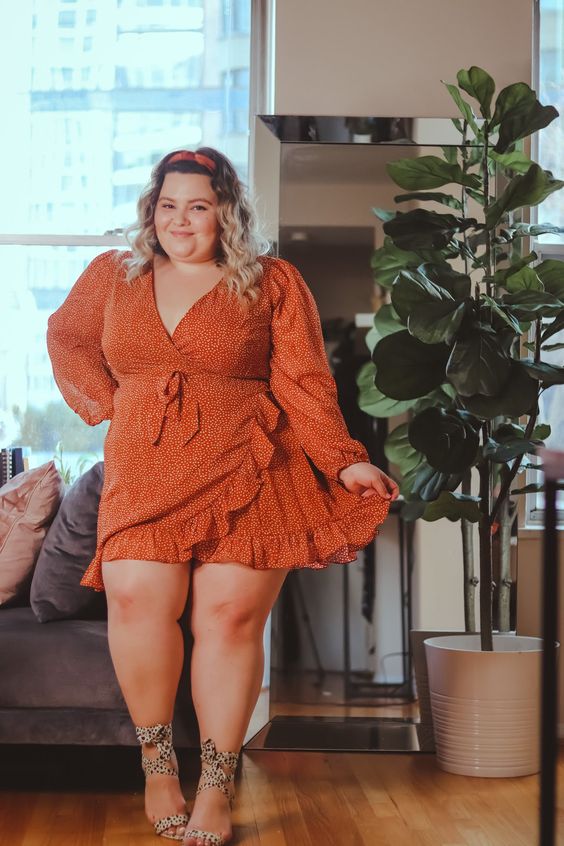
If you admire the length of your legs and want to wear a shorter skirt, go for it! If you want to cover even more of your legs, wear something longer. Alternatively, choose a style that falls somewhere between.
It’s really about finding a skirt length that looks good with your outfit and deciding how much leg you’d prefer to show in comparison to how much skin you’re showing otherwise.
When in doubt, base your fashion choices on your personal preferences, the appropriateness of the occasion, and what makes you happy.
Myth #3: Wear black to conceal your problem areas
Black, by itself, is not magical. It does not slim your figure any more (or less) than other dark colors.
Also, a wardrobe full of black says nothing about your incredible personality, true style, or what makes you shine.
If you prefer darker shades, instead of black, try navy blue or charcoal; they are more kind to most types of skin and are just as simple to pair with different colors.

It’s the same thing I do with clients: we shift the basis of their clothes into other dark neutrals, staying within their comfort zone while adding a touch more dimension to their wardrobe.
And if you want to look slimmer, I have some news for you: it’s more about fit than color.
Styles that fit always make you appear longer and leaner than styles that do not. If you’re really into the long and lean look, learn about a color column that wears the same shade on top and bottom to provide you a longer, leaner, and more streamlined appearance (it also works with lighter colors!).
Myth #4: Wearing smaller sizes makes you appear smaller
According to where you look, some fashion rules indicate that plus size women should try to conceal and minimize the appearance of their rolls, whereas form fitted clothes do neither. But why should you be ashamed of your body?
However, when you’ve spent the majority of your young adulthood despising the vehicle that transports you, wearing a piece that would have previously sent you into a tailspin feels revolutionary.
There is beauty in stepping outside of your comfort zone and discovering that it isn’t so bad.
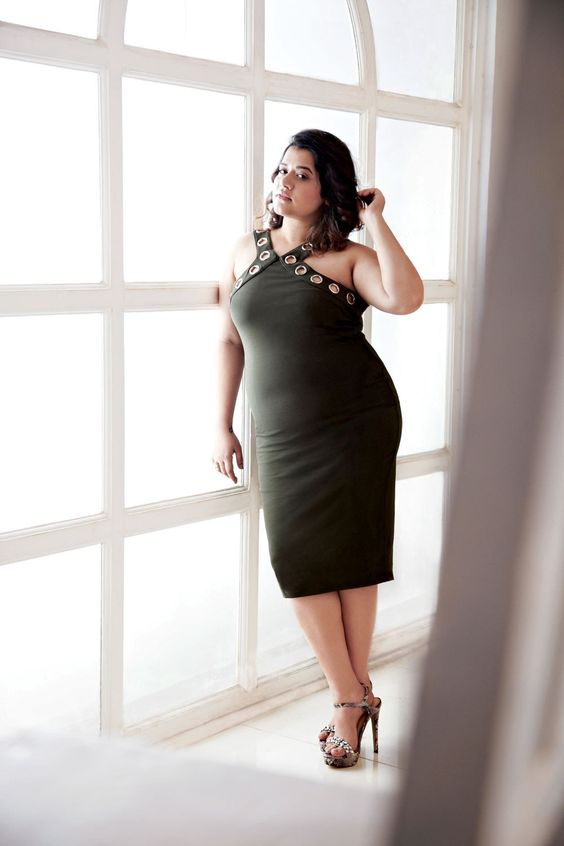
Myth #5: Long tops over skinny bottoms solve everything
When you’re unhappy with your figure but happy with your legs, wearing long, flowy plus size tank tops over a pair of skinny jeans (or leggings) is an outstanding solution, right? Wrong!
It’s a common mistake and an easy go-to outfit, but it completely throws your figure out of proportion.
By doing so, you create a larger shape on your upper half while making your legs appear shorter than they are, resulting in a shorter overall appearance.
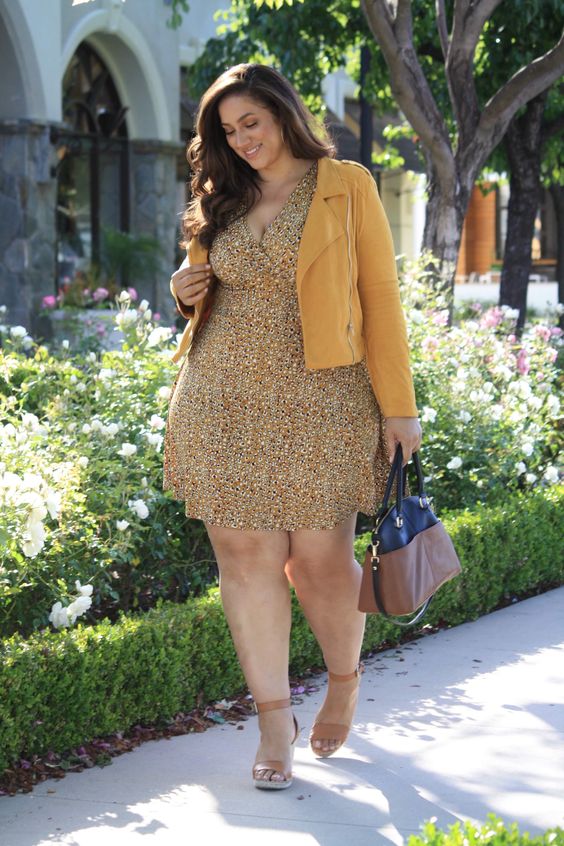
Calling out your waist is an effective way to balance your figure, regardless of your size.
No, this does not imply wearing tight tops or belting everything; it simply means using some tricks to highlight where your waist is instead of losing your whole figure under long, shapeless dresses.
Conclusion on Plus Size Fashion Myths
These are some of the plus size clothing myths that can be debunked. If you hear of any more, please let us know in the comments and we will try to debunk them.
